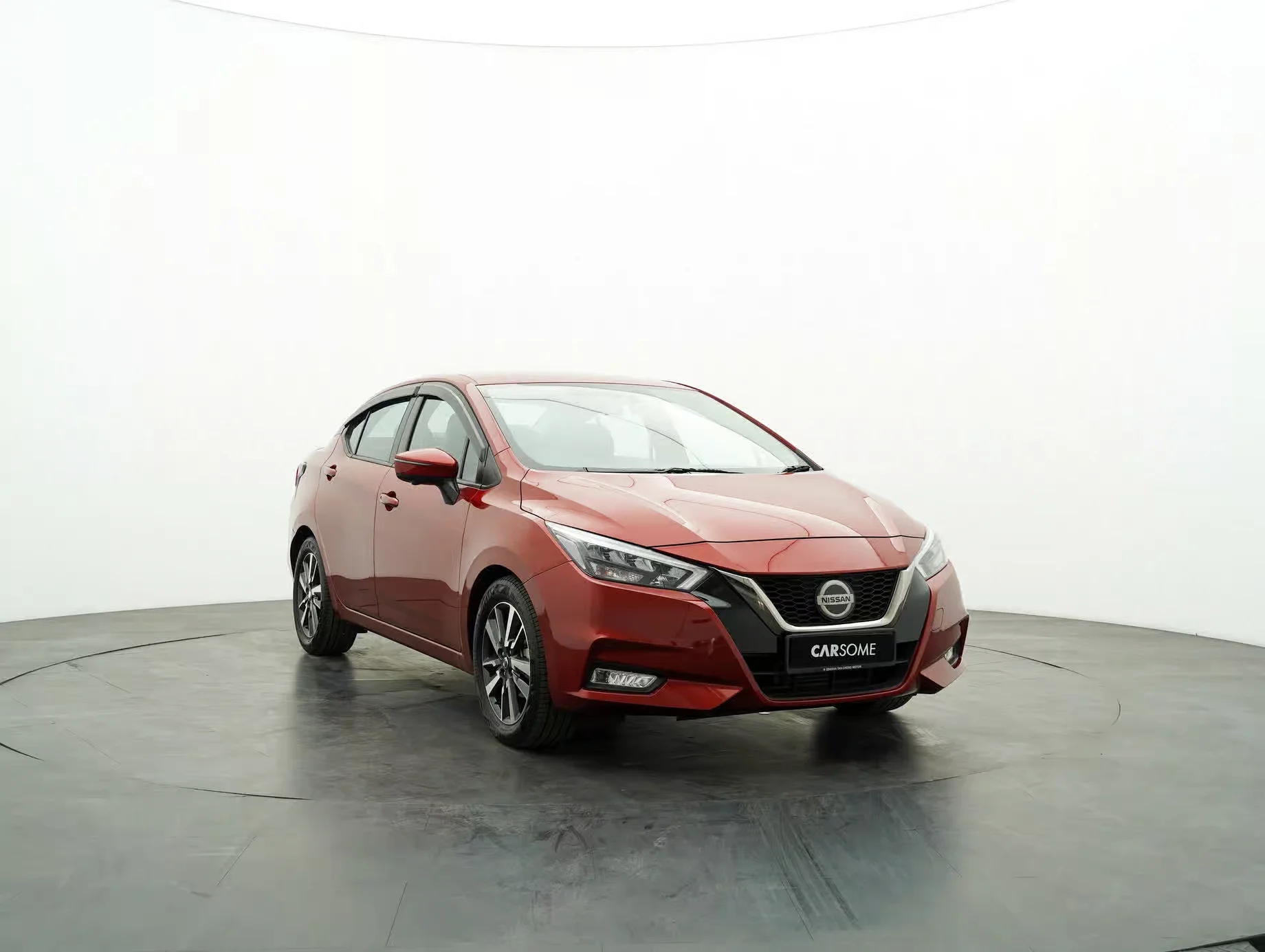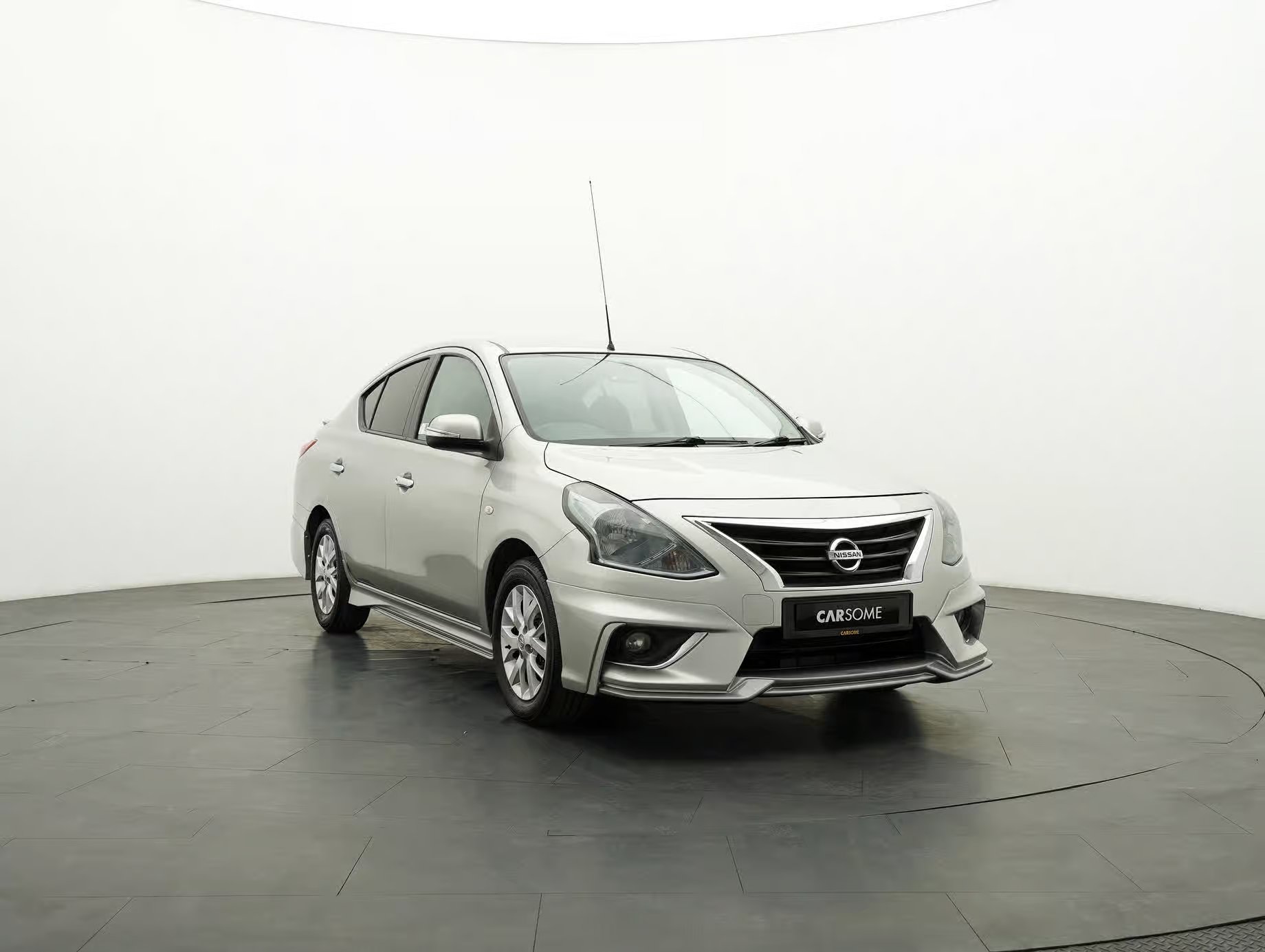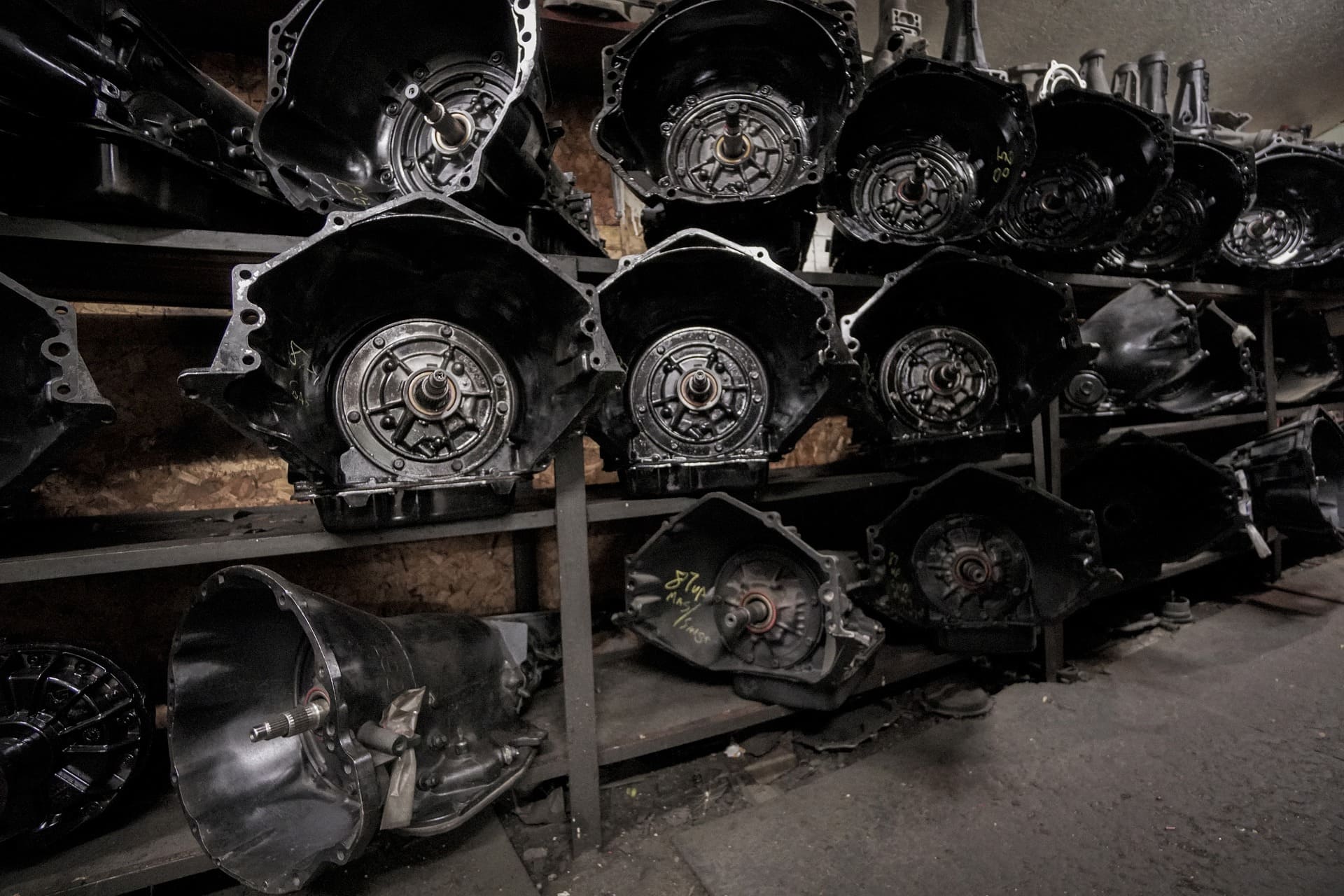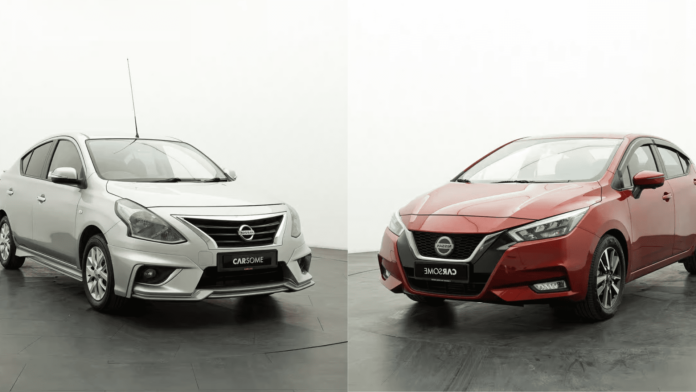These three-lettered aberrations are the forbidden word among car enthusiasts – Continuous Variable Transmission (CVT). A name not to be spoken of; the Voldermort of the car industry if you will.
That goes without saying CVTs aren’t exactly the forbidden fruit in cars. Auto manufacturers these days are shifting towards implementing more CVTs due to their low cost and simplicity in construction compared to a bog-standard automatic gearbox.
Before you buy a car, it’s important to consider what type of transmission suits your driving preference. Here’s a little dive into the differences between a CVT and an Automatic gearbox.
Read More: Why the Manual Transmission Is Going Extinct in Malaysia
What is a CVT Gearbox?
 A Continuous Variable Transmission gearbox (CVT) is a transmission system that operates via a pulley, belt, or chain mechanism to enable the engine to drive an infinite or a single gear ratio.
A Continuous Variable Transmission gearbox (CVT) is a transmission system that operates via a pulley, belt, or chain mechanism to enable the engine to drive an infinite or a single gear ratio.
Unlike conventional automatic gearboxes, a car will have its speed limit capped to its individual gear ratio before it needs to shift up (or down). CVTs are able to climb up all the way to their redline without having to do anything. CVTs are preferred due to their ride comfort compared to automatic transmissions as they won’t jerk the car every time it changes gears.
CVTs have made their way into modern economy cars due to their simplicity in design, cost, and ride comfort. The next time someone whines about more CVTs in cars again, you can argue back that CVTs came from Formula 1 technology.
As dull as CVTs are to drive according to purists, some manufacturers put work into them trying to make them more engaging. Such instances are the Toyota Yaris and Honda Civic having paddle shifters with the aid of computers on a CVT gearbox to make it engaging to drive.
Pros of CVT Gearboxes
- Cheap to manufacture
- Smooth driving experience
- Has excellent fuel economy
Cons of CVT Gearboxes
- The pulley/belt mechanism can be loud while driving
- Expensive to repair
- Unable to handle much power from the engine
- Breaks down frequently without proper maintenance
- Dull driving experience
What is an Automatic Gearbox
 An automatic transmission is a multi-speed, adjustable gearbox that requires little to no input from the driver similar to CVTs. However, unlike CVTs that have a continuous, single gear, a regular automatic transmission can have four or more gear ratios.
An automatic transmission is a multi-speed, adjustable gearbox that requires little to no input from the driver similar to CVTs. However, unlike CVTs that have a continuous, single gear, a regular automatic transmission can have four or more gear ratios.
An onboard computer determines whether the engine needs to climb up and down gears via a hydraulic system. Hence this is why you may feel a slight jerk while driving when the car is changing gears.
In newer automatic transmissions, paddle shifters can be had with the car to simulate the feel of a DCT (Dual Clutch Transmission) sports car.
Read more: Auto Vs Manual
Pros of Automatic Gearboxes
- Although complicated in design, it is much easier to repair
- Can withstand more torque than a conventional CVT
- Spare parts are easily sourced
- More durable compared to CVTs
- Gives drivers a better sense of control
Cons of Automatic Gearboxes
- Expensive and complicated to produce
- Adds a considerable amount of weight to your car
- High fuel consumption compared to a CVT
Maintenance and Reliability of Automatic vs CVT Gearboxes
 Now we settle the debate of the finest automatic transmissions of all. What’s the maintenance like between an automatic gearbox vs a CVT?
Now we settle the debate of the finest automatic transmissions of all. What’s the maintenance like between an automatic gearbox vs a CVT?
Automatic gearboxes are easily maintained due to how long the technology has been around. They can also handle more power from the engine and are built tough like a solid block of iron. Parts are easily sourced and there are dedicated transmission workshop specialists out there who know how to repair them from top to bottom.
CVTs on the other hand, are very hard to repair. There aren’t many workshops that know how to fix it and replacement parts are difficult to source from the manufacturer. Ask any foreman at the workshop and they’ll tell you it’s cheaper to replace the whole unit. While not too far-fetched, a plausible theory is CVTs are designed with planned obsolescence in mind. Hence, replacing a brand-new gearbox is a much cheaper and easier choice.
On the other hand, the performance of CVTs is also limited by the material of the chain belt. They’re generally made out of steel chains or steel-reinforced kevlar and aramid belts. In economy cars, the latter makes it a more common appearance to save cost and weight. Pushing your engine too hard with modifications can make your CVT gearbox suffer severe damage.
Auto vs CVT. Which One Should I Choose?
 Before you buy a car, it’s important to consider which transmission is best for the job. What type of transmission would suit me best? It depends on your driving habits. Want a car with practicality while on a budget? Go for a CVT gearbox. Want a performance car with a splash of luxury? Go for a regular automatic gearbox.
Before you buy a car, it’s important to consider which transmission is best for the job. What type of transmission would suit me best? It depends on your driving habits. Want a car with practicality while on a budget? Go for a CVT gearbox. Want a performance car with a splash of luxury? Go for a regular automatic gearbox.
However, be wary of CVT gearboxes from certain manufacturers as they are likely to be plagued with issues. Likewise, do your own research on a car’s gearbox before buying. This will be much easier especially in used cars as existing information about their reliability and maintenance cost would have been documented by then.
Once you’ve figured out which gearbox is best for you, take a gander at the quality choice of used cars on the CARSOME App! All CARSOME Certified cars listed in the app are selected through a stringent 175-point inspection process to ensure they are free from flood and accidents before they are professionally refurbished like new. All CARSOME Certified cars come with a one-year warranty and a five-day back money guarantee if there are any problems. Start browsing for your automatic and CVT transmission cars here today!

It would be great if you could provide a list of cars in malaysia that has automatic transmission/non CVT.